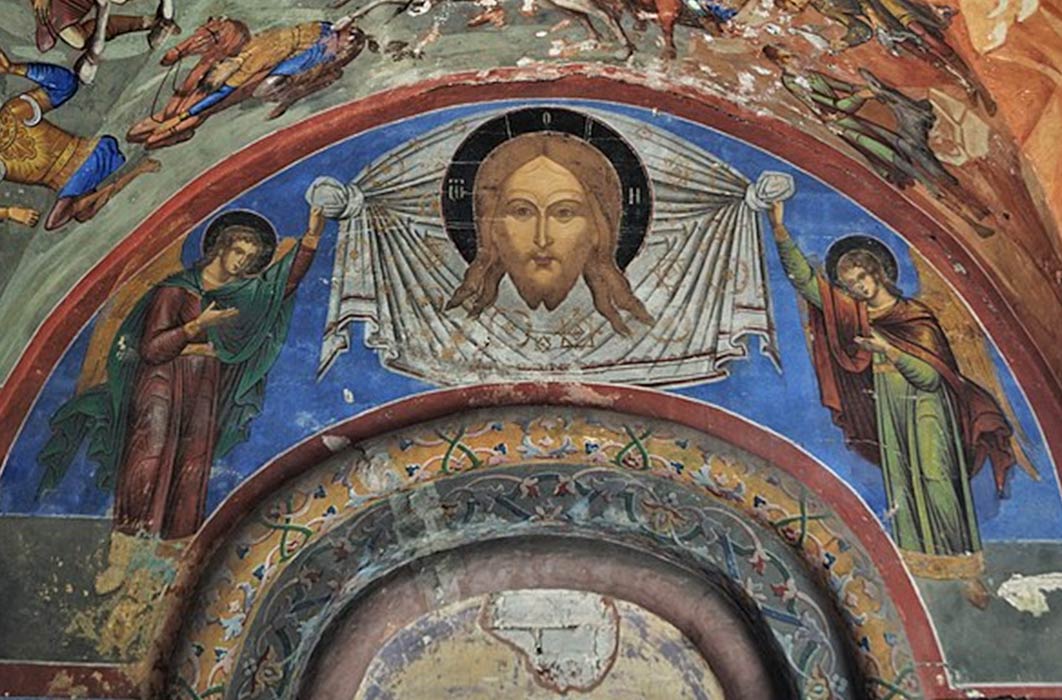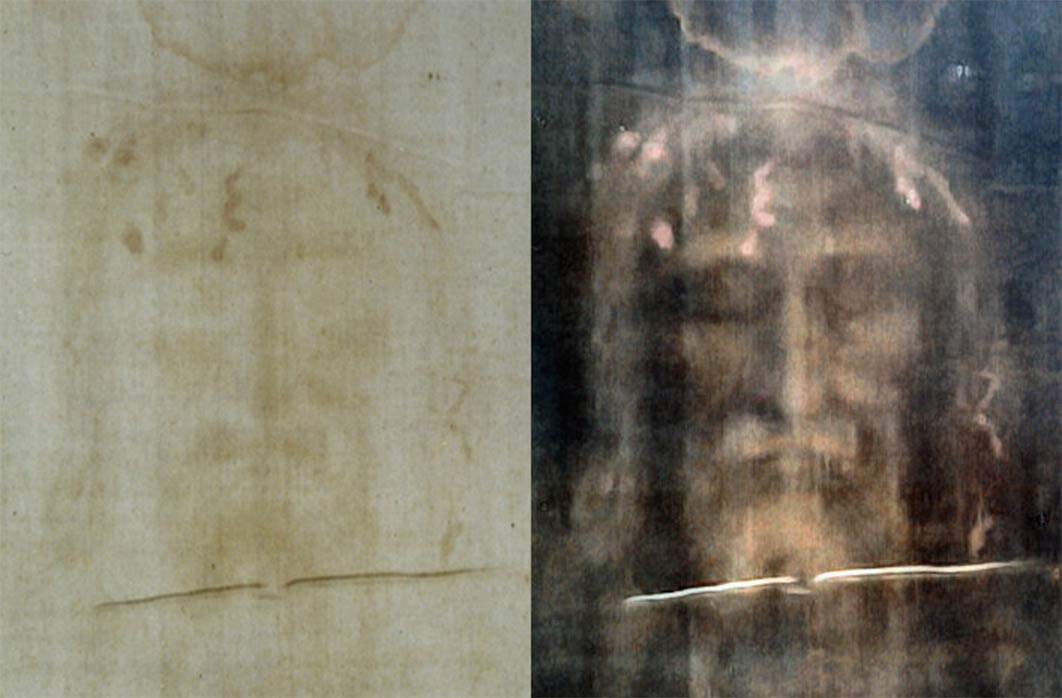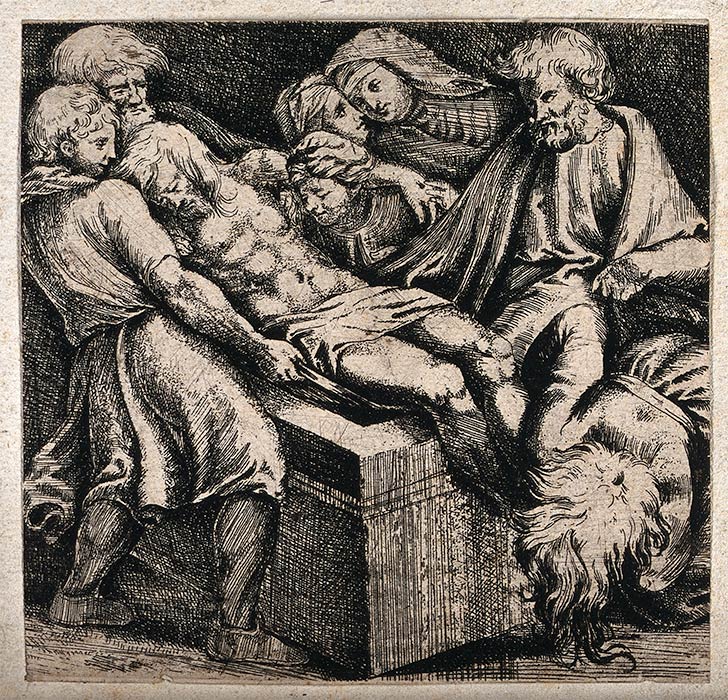
The Holy Shroud And The Mandylion: One And The Same?
The enigma of the Holy Shroud has fascinated and baffled both the faithful and scholars for hundreds of years. To unravel the history and secret journey of how it came to the lands of the French in the mid-14th century, one needs to structure a historical framework that describes the events. Its origin is lost in the distant past, when 2,000 years ago the burial of a man killed on a cross changed the established order of history, giving rise to a new religion that pervaded the ancient world and man’s conscience. What is it about this sudarium (sweat cloth to wipe a face) that holds the faithful at ransom to protect it from destruction – either by hand or by word of mouth? But another question arises: Is the history of the Shroud of Christ intertwined with the history of the Mandylion?

Turin shroud positive and negative displaying original color information (Dianelos Georgoudis/ CC BY-SA 3.0)
Not Made By Human Hand
The history of the Shroud is imbedded in the ancient vicissitudes of the story of the Christian faith. Despite the belief of millions of faithful all over the world, sindonology (the science of the study of the Shroud) still has not fully explained the mechanisms that could have produced this incredible object of worship. Since its first official appearance in the 14th century, one question has stood firmly for centuries: Could that image truly be regarded as the representation of a supernatural event, namely the Resurrection of Christ? As stated by Vatican analyst Tornielli: "The artificial creation of the shroud seems impossible today, or rather even more so today, as acknowledged at the end of his life, Professor Luigi Gonella, said ‘the Shroud is an object that should not exist’ and none of those who endeavored to expose the alleged Shroud as ‘false’ were ever able to achieve a truly similar wealth of detail."
Historically, the earliest reference to the Shroud is contained in the four canonical gospels as well as in three apocryphal gospels, the Gospel of the Hebrews (II sec.), The Acts of Pilate and the Gospel of Nicodemus. After this period there exists scant information, probably due to the persecutions of the early Christians, but also possibility because the same words about the existence of the Shroud could lead to its destruction. The extraordinary nature of the Holy Shroud places it within the genre of those images defined as Acheiropoietos, or ‘not made by human hand’. This term refers to the relics to which faith assigns a miraculous origin. But where did it all begin?

Christ's body is carried to its tomb. Etching after Raphael (Wellcome Images/ CC BY-SA 4.0)
The Dilemma Of The Apostles
The death of Christ left the disciples in the deepest despair, and in uncertain times fear overcame the apostles who were set to begin their mission of evangelizing the world. After the Resurrection, and the discovery of the empty tomb, Jesus appeared a dozen times, fulfilling what he had promised. Gradually, the fear gave way to a renewed spirit of trust, but it was also the time when the first persecutions began, events that lead to a dispersion of the faithful and to a proliferation of conversions.
The names of those who had preserved the Holy Shroud are lost in time, but it is known that in the Jewish world to keep a funeral shroud was considered unseemly and it was forbidden by the Mosaic law which prohibited touching anything that had come in contact with a corpse. In this case, however, they were not dealing with a simple man, but the Messiah who had been condemned for claiming to be the King of the Jews, Jesus the Christ. Therefore, the existence of his sudarium would have transformed that relic not only in an object of worship, but more so as the tangible testimony of his mission, proof of his Resurrection.
- Blood on the Shroud: An Interview with the Blood Investigator of the Shroud of Turin Research Project
- The Shroud of Oviedo: A Legendary Cloth Connected to the Death of Jesus
- Could ancient earthquake explain face of Jesus in Shroud of Turin?
It is from this basis that historical research on the Shroud supposed that the apostles, or the women close to Jesus, were the first individuals to hide and preserve it and that they passed it successively to a few Christian communities who kept it in safe custody. Preaching and persecution hold the key to the story and the existence of the sacred cloth.




